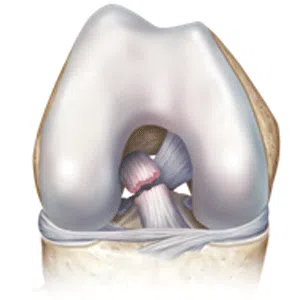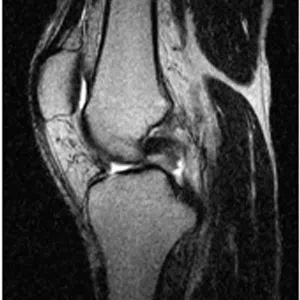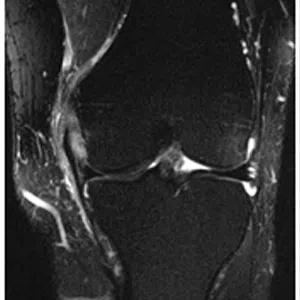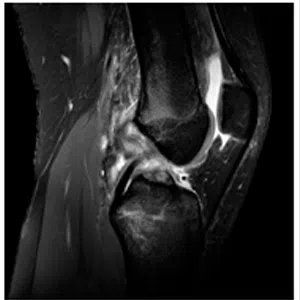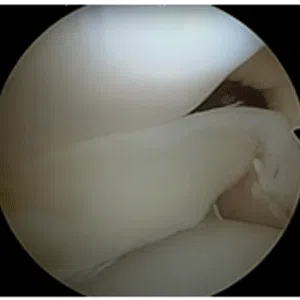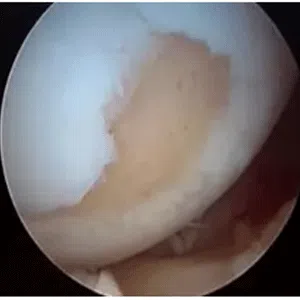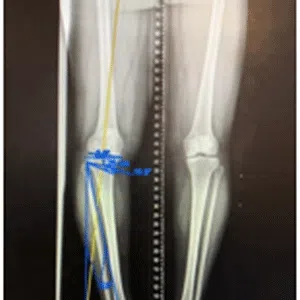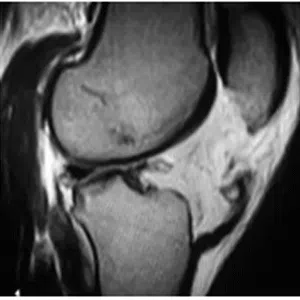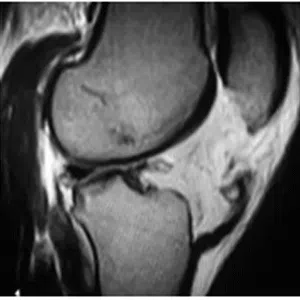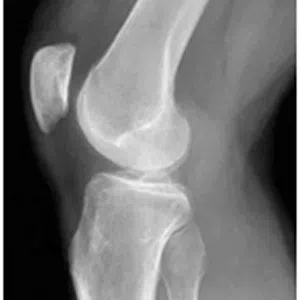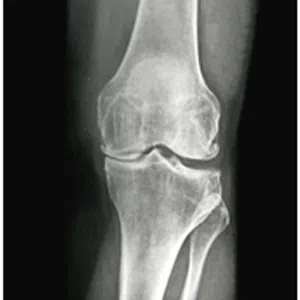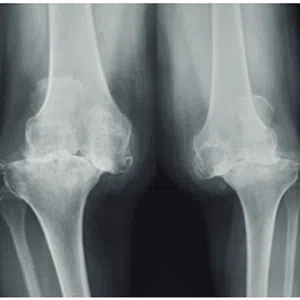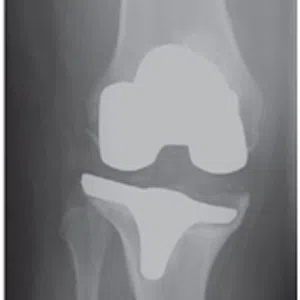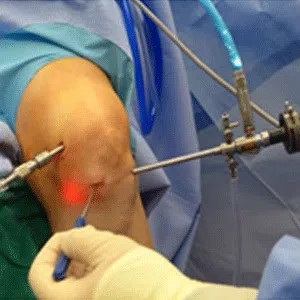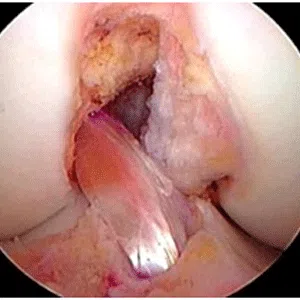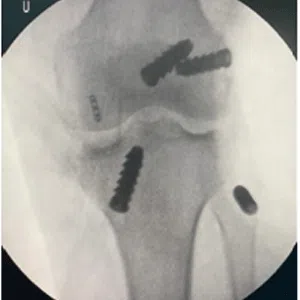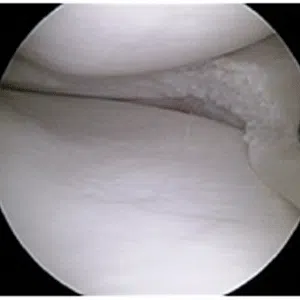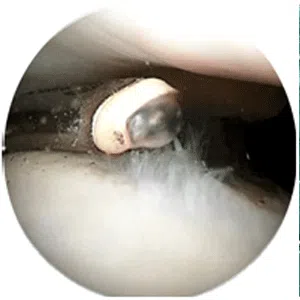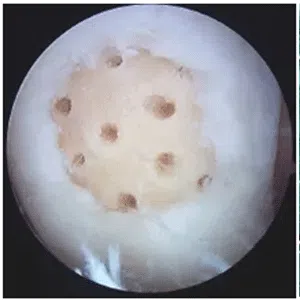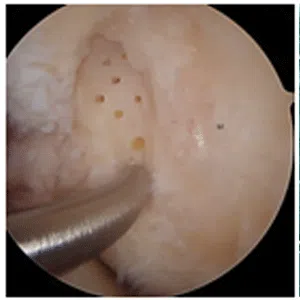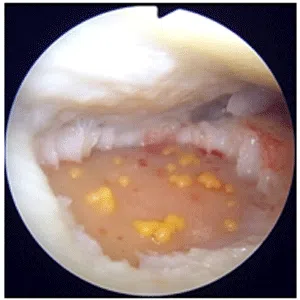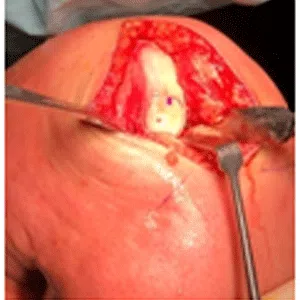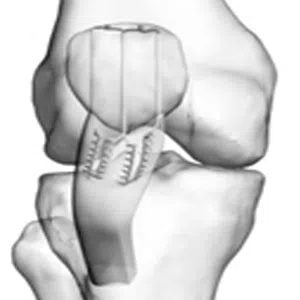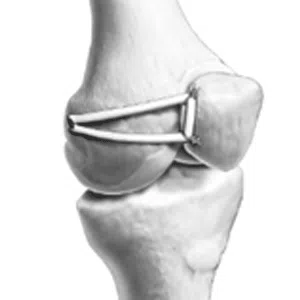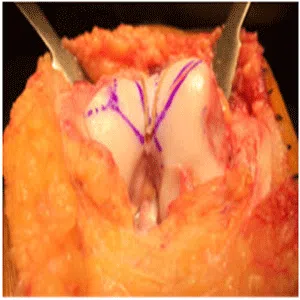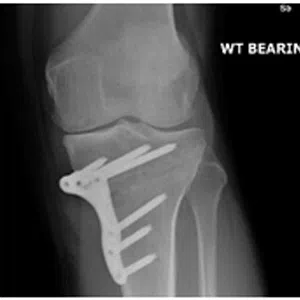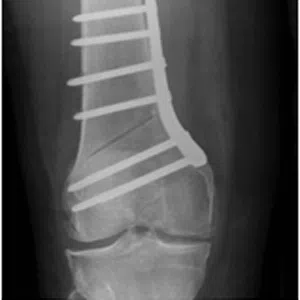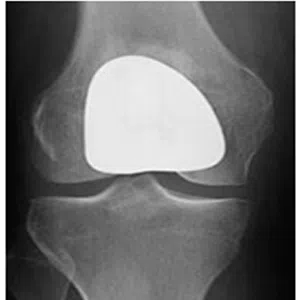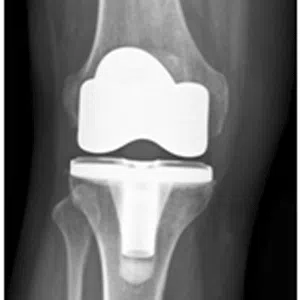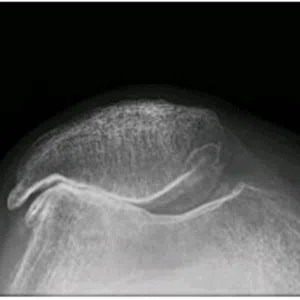
Patellofemoral arthritis is a type of osteoarthritis that affects the knee joint, specifically the patella (kneecap) and the underlying femur (thigh bone). It occurs when the cartilage that cushions the patella and femur wears down, leading to pain and stiffness in the knee.
Risk factors for developing patellofemoral arthritis include obesity, knee injury, and overuse of the knee joint. Symptoms include knee pain, especially when going up or down stairs, squatting, or sitting for long periods of time. In severe cases, the knee may also become swollen, stiff, and difficult to move.
Diagnosis of patellofemoral arthritis typically involves a physical exam, imaging tests (such as X-rays or MRI), and a patient history. Non-surgical treatment options include physical therapy, weight loss, pain medications, and the use of assistive devices such as knee braces or crutches. In severe cases, surgical intervention may be necessary, such as a knee replacement or arthroscopy.
It is important for individuals with patellofemoral arthritis to maintain a healthy weight, engage in regular physical activity, and avoid high-impact activities that put excessive strain on the knee joint. Physical therapy can also help to improve range of motion, strengthen the knee, and reduce pain.
Patellofemoral arthritis is a painful and debilitating condition that affects the knee joint. With proper treatment, individuals with this condition can still lead active and fulfilling lives, but it is important to seek medical attention early on to prevent the condition from worsening.
-
Anterior cruciate ligament (ACL) tear revision
-
Posterior cruciate ligament (PCL) tear
-
Medial collateral ligament (MCL) injury
-
Multi-ligament tear
-
Meniscus tear
-
Meniscus root tear
-
Cartilage injury – repair/ osteochondritis dissecans
-
Knee deformity or malalignment – varus/ valgus/ rotational
-
Patellar tendon tear
-
Quadriceps tendon tear
-
Patellofemoral instability
-
Patellofemoral arthritis
-
Knee arthritis in young
-
Knee arthritis
-
Failed primary total knee replacement
-
Joint preservation surgery
-
Arthroscopic ACL repair/ reconstruction/ Revision ligament reconstruction
-
Arthroscopic PCL reconstruction
-
Multi-ligament reconstruction
-
Meniscus surgery –partial meniscectomy/ repair (root tear/ rim lesion)
-
Meniscus transplant
-
Chondroplasty
-
Microfracture
-
Nanofracture
-
BMAC
-
Autologous chondrocyte implantation (ACI)
-
Osteochondral Autologous Transfer Surgery (OATS) or mosaicplasty
-
Osteochondral allograft transplant
-
Patellar tendon repair/ quadriceps tendon repair
-
MPFL reconstruction
-
Tibial tuberosity transfer
-
Trochleoplasty
-
De-rotation or rotational osteotomy (Proximal tibial/ Distal femur)
-
High tibial osteotomy
-
Distal femoral osteotomy
-
Patellofemoral joint replacement
-
Total knee replacement





